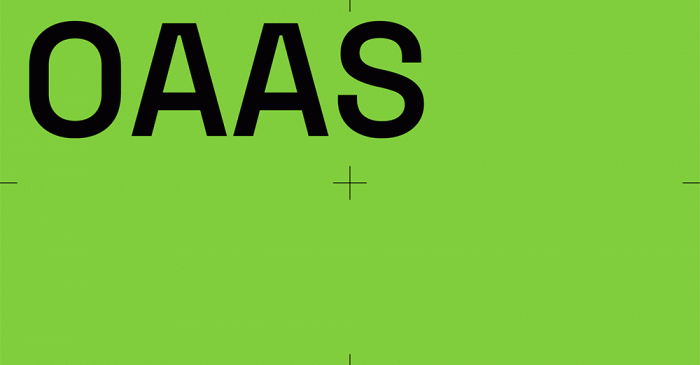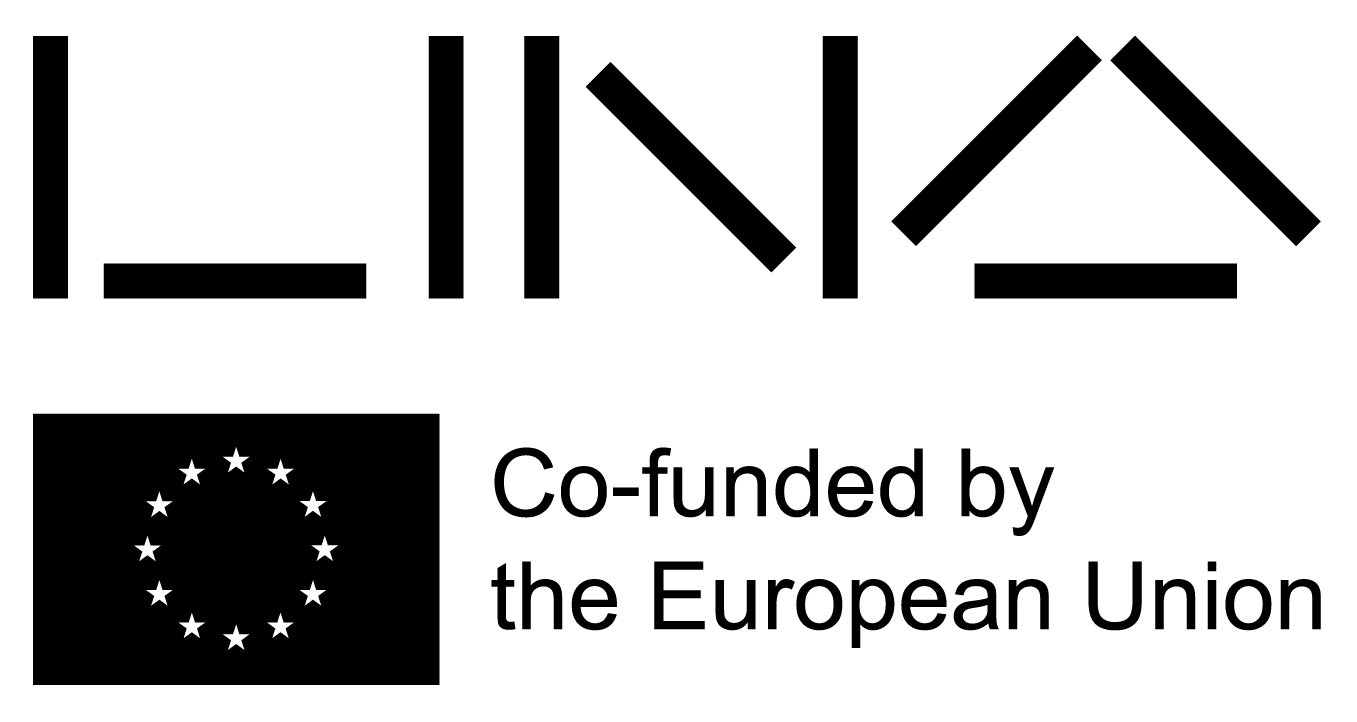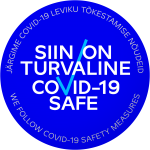
OASIS
Floor
08.10. – 09.01.2022
The exhibition “OASIS” brings together different projects of designers/artists/architects and creative companies who created contemporary micro-climates for survival in a hostile environment.
The project presents nine case-studies of environments and situations that can be understood as ‘landscapes of care’. Their authors invented and created specific tools and infrastructures, that are an answer to a specific surrounding context. They all investigate and research how we – humans and non-humans – interact and respond when confronted with conditions testing our limits.
An example of a HUMAN OASIS is the SOLO HOUSE residency constructed by Belgian architects Office KGDVS. Their villa is a kind of anthropocentric glass bubble, where the occupants live retired and avoiding any interaction with the surrounding nature and outdoor landscape.
Its aura is similar but opposed to the Dutch “Glass City” model: an urban area made of greenhouses converted in a PRODUCTIVE OASIS. It is a human constructed territory where through artificial intelligence and science the perfect climate is created to grow fruits, flowers and vegetables. This hyperproductive paradise- space is designed for the physical fertility of the plants and the economic fertility of humans.
The Dreamlike Prada Marfa Shop of Elmgreen & Dragset is like a fata morgana image along a desert highway. Non-functional and inaccessible it is a CONSUMER OASIS. An ironical monument, a symbol of our contemporary society, celebrating the power and attraction of marketing strategies and social media.
The Spanish artist Irma Cohen takes the conceptual sculpture ‘Blue Sail’ of Hans Haacke, that analyses our relation with natural elements and the environment as starting point. A piece that has been transformed by the Danish collective Superflex in a “Supercopy” criticizing our relation with fake versions of luxury productions. She takes the piece one step beyond, converting the ‘sail’ in a flag made of a security blanket, symbolizing the faith of immigrants arriving in a REFUGEE OASIS.
Austrian artist Alfredo Barsuglia invites us to search for his PRIVATE OASIS. It is a small ’Social Pool’ hidden in the desert. Discovering it is the artist’s invitation to make the visitor mediate about certain social values and our own place in society.
The Estonian game designers ZA/UM offer their users the chance to escape into a VIRTUAL OASIS. Participating in their game enables you the audience to change their identities and to travel into another space-time dimension as a complementary world existing next to our everyday reality.
The ’Shybot’ experiment is Norma Jeane’s way of presenting us a POLITICAL OASIS. Identifying ourselves with the robot he created, we can imagine what it would be like to live retired in the desert, avoiding any human contact, being free and not having to obey any politically decided law.
Santiago Borja is a Mexican artist who produces the provocative juxtaposition of a primitive refuge constructed by aboriginal Indians next to the emblematic ‘machine for living’ that is Le Corbusier’s Villa Savoye. This dialogue creates a CULTURAL OASIS and invites us to compare two different concepts and philosophies of life and living.
The Rummu Adventure Center analyses a similar CO-(NTRAST) OASIS. Past and present meet in this strange environment, where a flooded former Soviet prison is converted into a beach and attraction park for adventurous tourists. Two heterotopias melt together and adopt a new function.
Andrea Zittel created with her AZ project in the Joshua Tree desert a laboratory that is a SOCIAL OASIS. The site is a place for experimentation where people are invited to analyze the rules and codes that govern our present society and where alternative solutions are tested.
Visiting the exhibition, the audience is invited to collect the take away posters that illustrate each of the projects. At the end of the visit, they form all together a kind of accompanying magazine.
Apart from the poster islands, some objects, photographs and videos are installed to illustrate each project.
The chroma key setting is a device and strategy inviting the audience to become part of the exhibition and transfer themselves into a virtual world where they can play in a creative way with the agents, designs, processes and impacts to transform their own reality.
The exhibition does not pretend to give an answer or to sell a big theory about a possible ‘oasis’ prototype but invite people to participate in this modest interactive adventure. It is an invitation for an exploration trip to discover and discuss questions related with the theme. We hope to give the visitor food for thought, hoping it may be the inspiration for some new kind of innovative and creative oasis model for the immediate future.
Curated by Irma Arribas (Spain) and Erich Weiss (Belgium).
Supported by the Cultural Endowment of Estonia.
Co-funded by the Creative Europe Program of the European Union – Future Architecture.
ABOUT
On November 23, 2121 ARTTERRITORY by Agnese Čivle: https://arterritory.com/en/visual_arts/topical_qa/25866-an_oasis_in_a_desert_of_hostility


